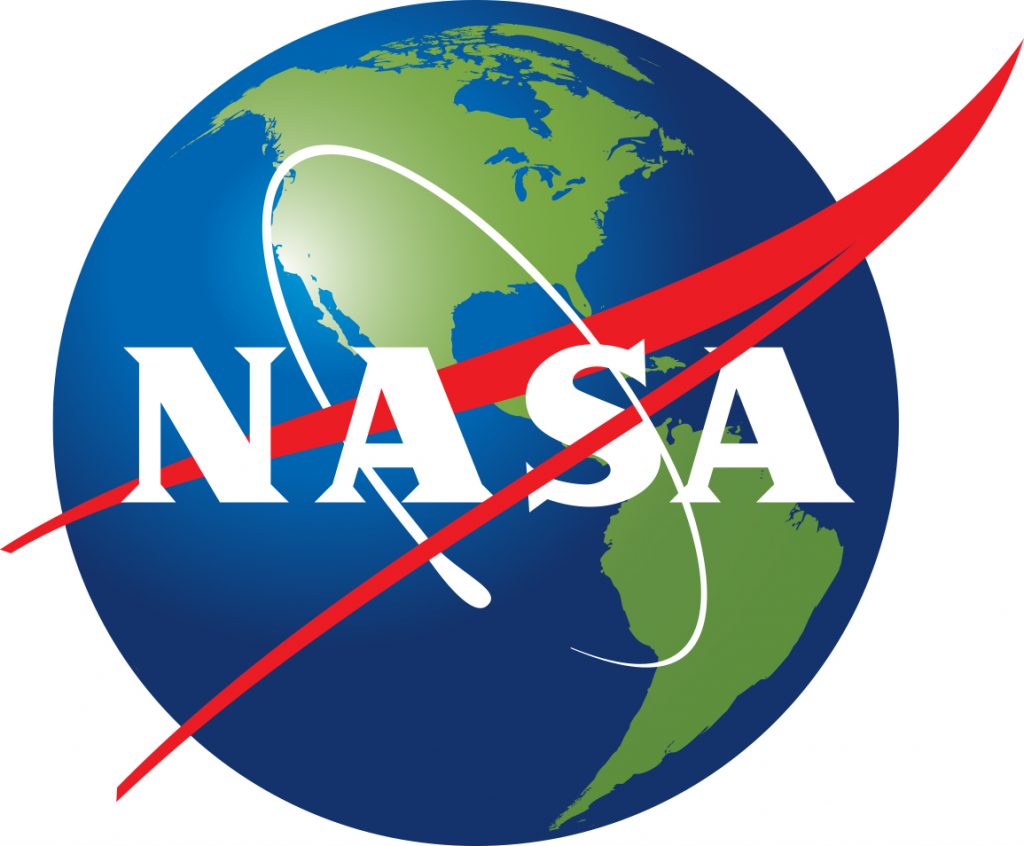For two decades, NASA has had a global view of precipitation from space. Using measurements from the Tropical Rainfall Measuring Mission and the Global Precipitation Measurement mission – a joint effort with the Japan Aerospace Exploration Agency (JAXA) – a computer model creates a four-dimensional view of rain, snow, sleet and storms.
This computer algorithm creates a view of global precipitation every half-hour, which is useful for time-sensitive work like weather forecasting and disaster recovery. It’s also used for water resource management.
 It’s not just for the short term, however. Having a long record of precipitation allows scientists to see patterns. We can track how precipitation changes across seasons and how a changing climate affects precipitation – giving us a baseline to understand extreme weather in the future.
It’s not just for the short term, however. Having a long record of precipitation allows scientists to see patterns. We can track how precipitation changes across seasons and how a changing climate affects precipitation – giving us a baseline to understand extreme weather in the future.
